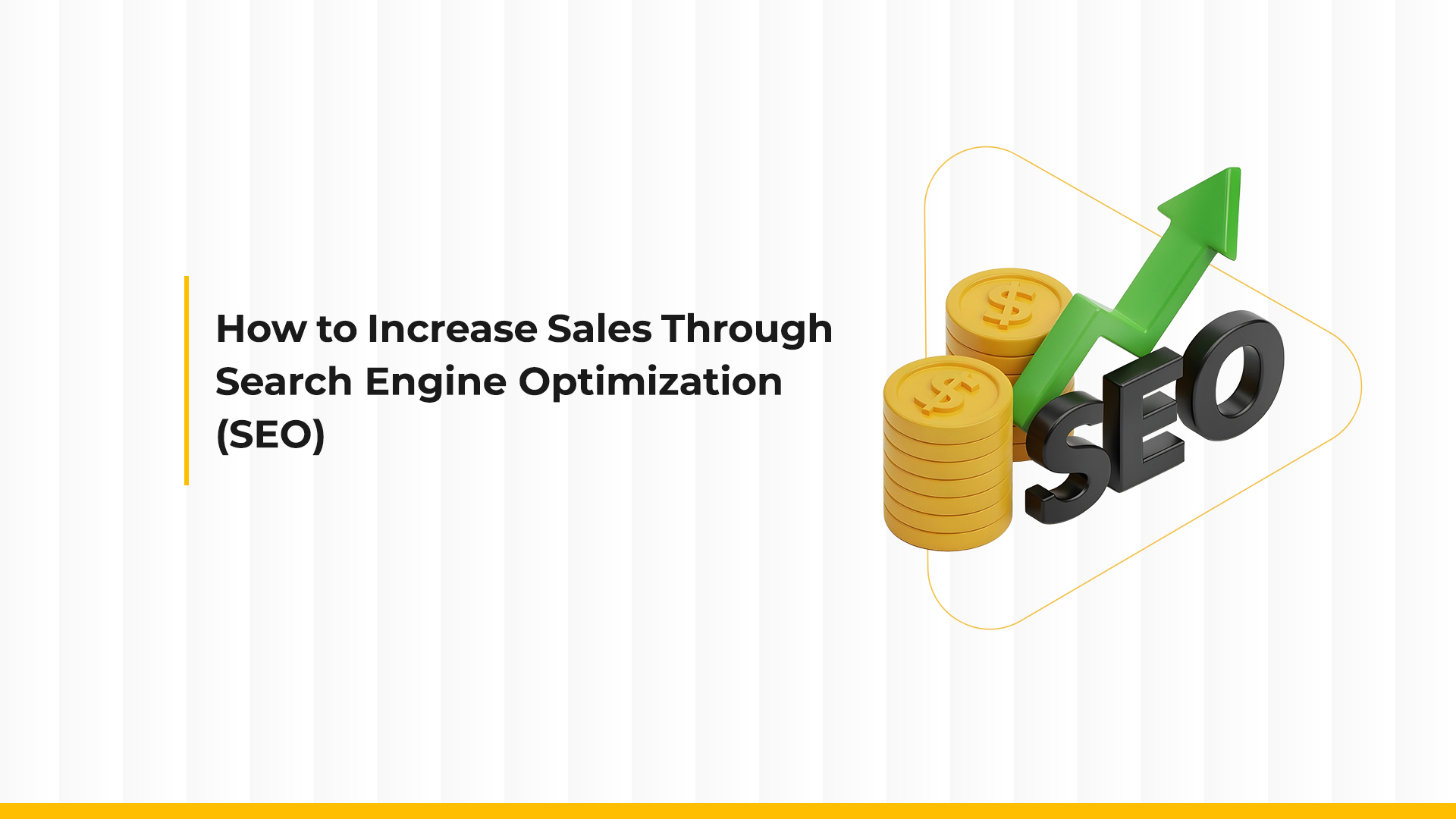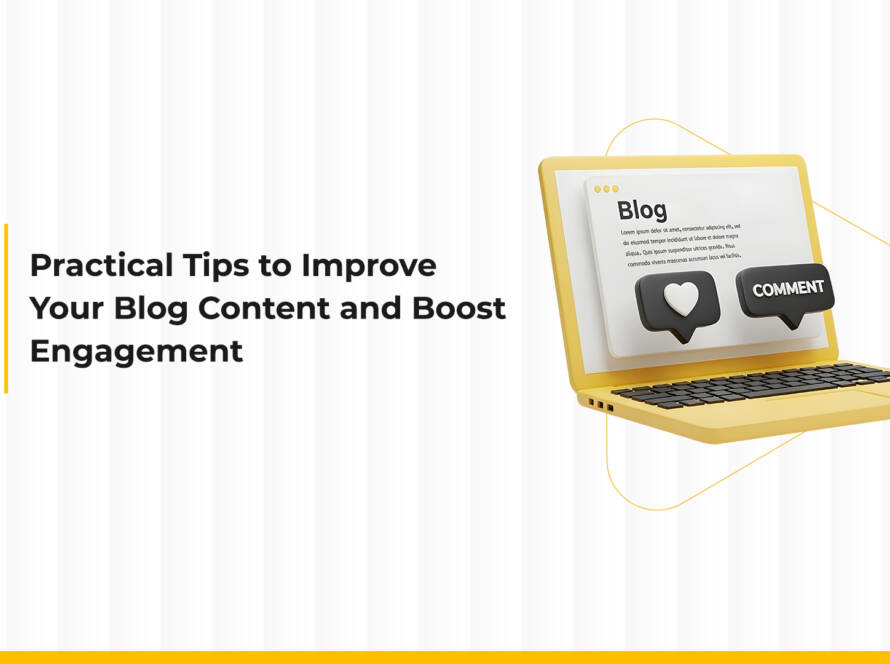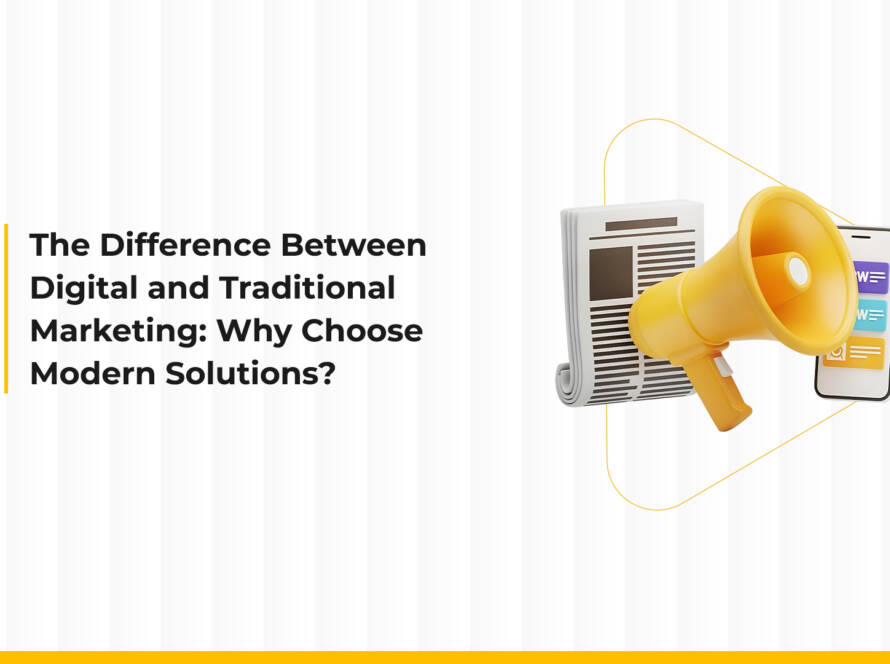In today’s digital era, Search Engine Optimization (SEO) is no longer just a promotional tool — it has become a crucial component of online business success. Optimizing your store’s visibility on search engines is one of the core pillars of effective digital marketing.
With more than 70% of website traffic coming organically from search engines, ranking higher on search results directly contributes to increasing sales without relying on paid ads. Through well-implemented SEO strategies, you can easily reach your target audience, attract quality traffic to your website, and convert visitors into actual customers.
In this article, we’ll explore practical and effective steps to boost your sales through SEO.
1. Understanding the Basics of SEO
Search Engine Optimization (SEO) refers to a set of techniques and practices aimed at improving your website’s ranking on Search Engine Results Pages (SERPs).
When potential customers search for products or services similar to yours, your site must appear among the top results to increase your chances of attracting them.
Key components of SEO include:
-
Content Optimization: Creating high-quality content that targets relevant keywords.
-
User Experience (UX): Ensuring your site is fast, mobile-friendly, and easy to navigate.
-
Link Building: Earning high-quality backlinks from trusted websites to boost credibility.
-
Technical SEO: Improving site speed, code quality, and structured data implementation.
2. Choosing the Right Keywords
You can’t talk about boosting sales through SEO without discussing keyword research. Keywords are what your potential customers use when searching for your products or services.
How to choose the right keywords:
-
Use tools like Google Keyword Planner, Ahrefs, or SEMrush to discover popular search terms.
-
Focus on keywords relevant to your products with high search volume and low-to-medium competition.
-
Combine long-tail keywords (e.g., “best organic skincare for dry skin”) with short, general ones for balanced targeting.
3. Optimizing Content to Attract and Convert Visitors
Content is the core of SEO — it’s the reason users visit your website. Your content must be valuable, relevant, and engaging to your audience.
Tips for content optimization:
-
Match search intent: Understand what users are looking for and deliver clear, informative answers.
-
Use keywords naturally: Avoid keyword stuffing and integrate them smoothly into titles and body text.
-
Diversify your content: Include blog posts, videos, infographics, and guides to engage different audiences.
-
Optimize titles and meta descriptions: Write catchy headlines and click-worthy meta tags that attract searchers.
4. Enhancing User Experience (UX) to Increase Conversions
Driving traffic isn’t enough — your website must deliver a seamless, enjoyable experience that motivates visitors to take action.
Practical tips:
-
Improve loading speed: Use tools like Google PageSpeed Insights to fix slow pages.
-
Ensure mobile responsiveness: Your site must adapt perfectly to all devices.
-
Organize navigation: Keep menus and categories clear and logical.
-
Add compelling CTAs (Calls to Action): Use phrases like “Shop Now” or “Get Your Offer Today.”
-
Provide live support or chat: Help customers in real time to increase conversion rates.
5. Building Strong Backlinks
Backlinks — links from other reputable websites — are a powerful signal to search engines that your content is trustworthy and valuable.
Effective link-building strategies:
-
Guest posting on related blogs and industry websites.
-
Listing your business in credible directories and forums.
-
Encouraging customers to share your content on social media.
-
Leveraging digital PR to earn mentions from news outlets or influencers.
6. Leveraging Local SEO
If you run a local business, optimizing for local search is essential to attract nearby customers.
How to improve your local SEO:
-
Register and verify your business on Google My Business and keep your information updated.
-
Encourage satisfied customers to leave positive reviews.
-
Use location-based keywords, such as “Best online store in Riyadh.”
-
Engage with customers through comments and map-based interactions.
7. Analyzing Performance and Adjusting Your Strategy
SEO is not a one-time process — it’s an ongoing effort. Regularly monitor your website’s performance to identify strengths and weaknesses.
Key tools:
-
Google Analytics: Track visitor behavior and conversion rates.
-
Google Search Console: Monitor your website’s performance in search results.
-
Ahrefs / SEMrush: Analyze backlinks and competitor performance.
-
Conversion Tracking: Measure how SEO contributes to actual sales growth.
8. Continuous Learning and Adaptation
SEO trends evolve constantly. Stay up to date with the latest algorithms, strategies, and industry updates. Follow specialized blogs, attend webinars, and engage in online SEO communities to keep learning.
9. Using Social Media to Support SEO
Social media platforms can greatly enhance brand visibility and drive additional traffic to your site. Share your content regularly on Facebook, Instagram, X (Twitter), and LinkedIn to boost engagement. The more your content is shared, the more credibility and reach your brand gains.
Conclusion
Boosting sales through SEO is not a single-step task — it’s a comprehensive, continuous strategy that requires time and dedication.
By optimizing your content, improving user experience, and building high-quality backlinks, you can enhance your search rankings, attract qualified visitors, and turn them into loyal customers.
Start applying these strategies today, and you’ll soon discover how SEO can become your most powerful tool for increasing sales and achieving sustainable success in the digital market.





